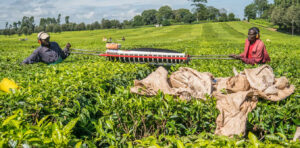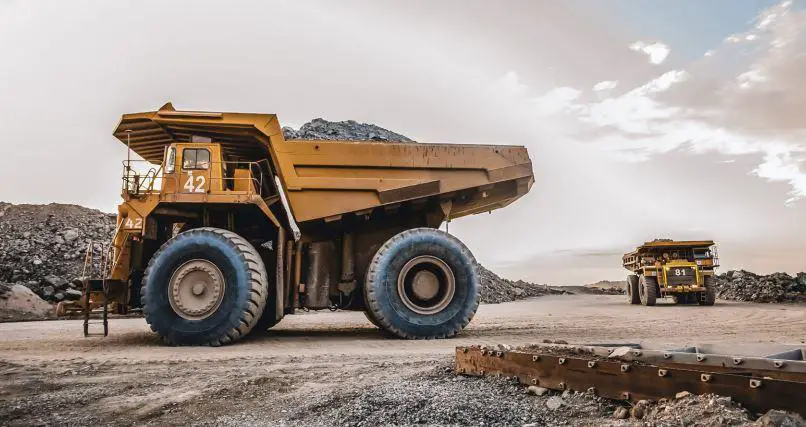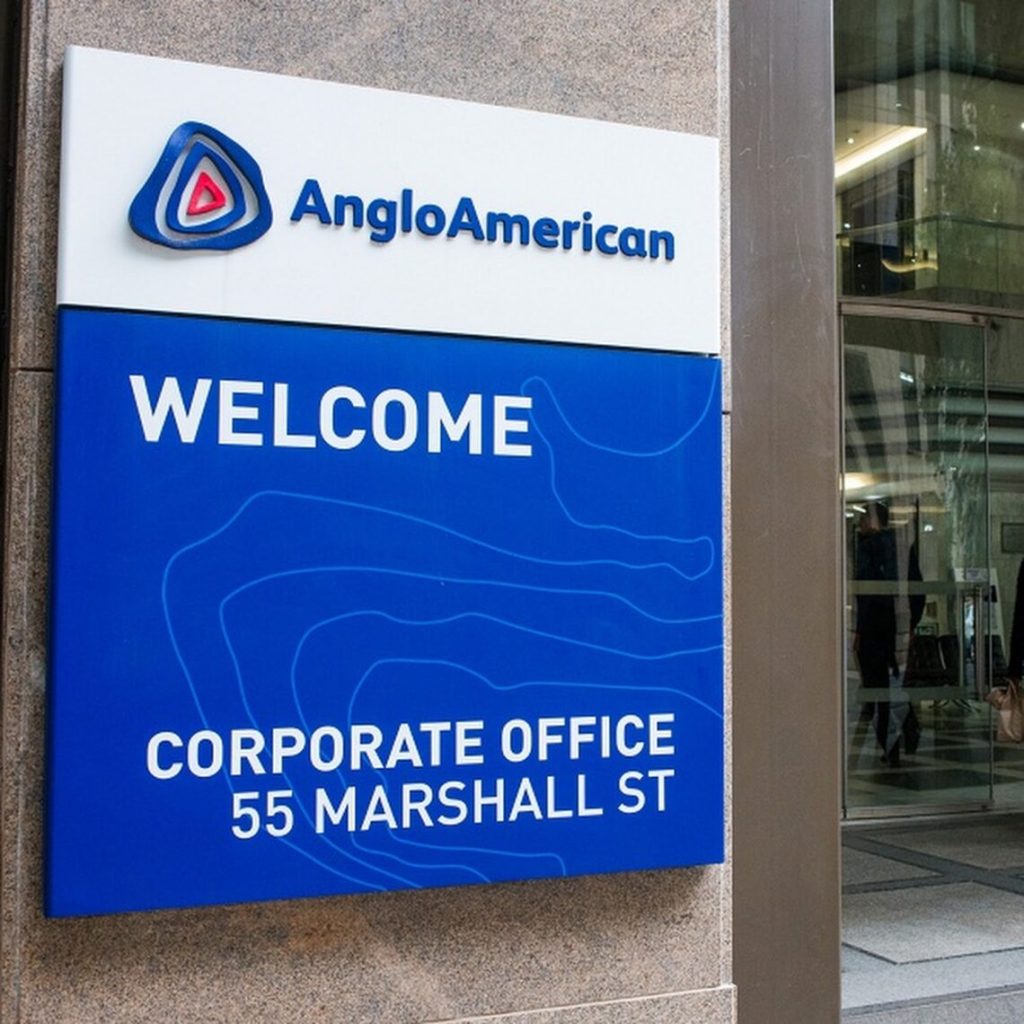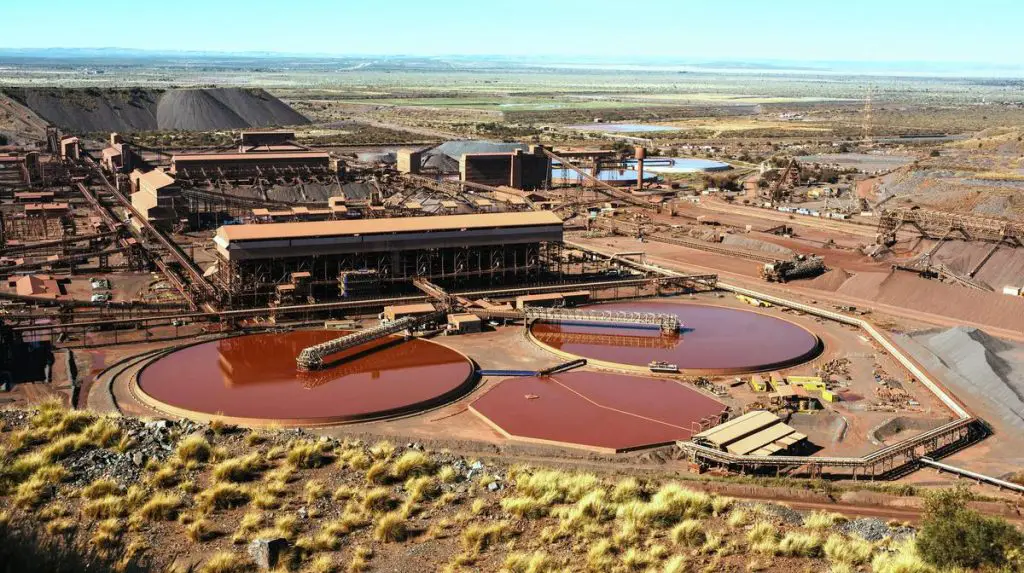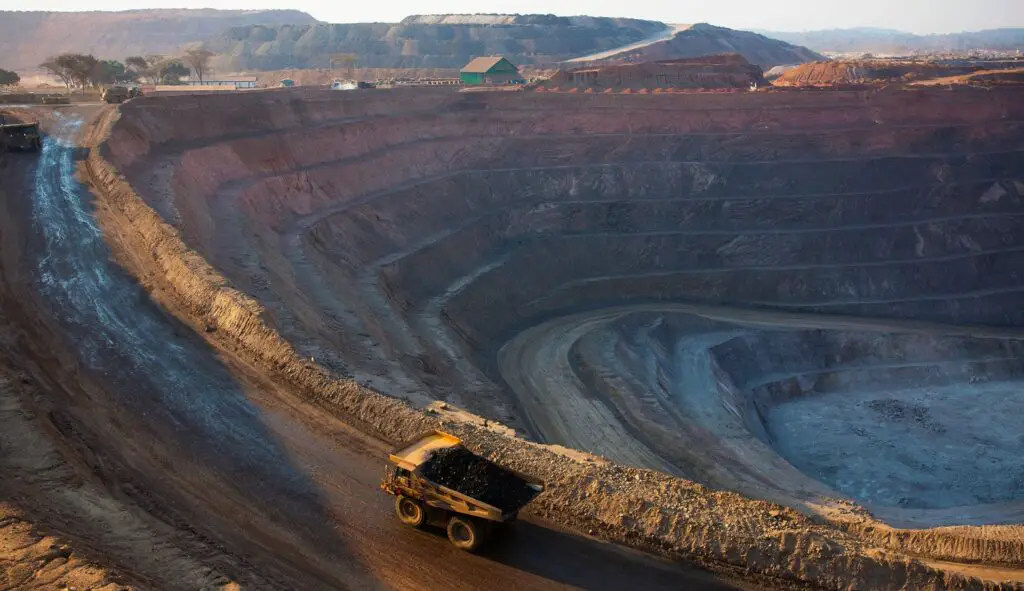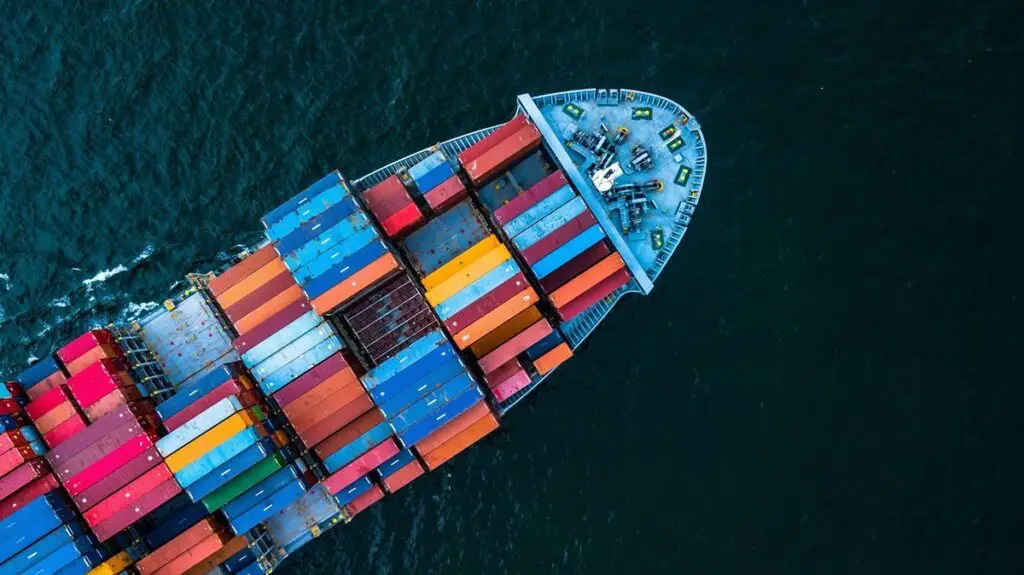- Agribusiness could drive Africa’s economic prosperity
- Dawood Al Shezawi: Why AIM Congress 2024 is the epicenter of global economic and cultural dialogues
- d.light’s 600,000 cookstoves project verified as top source of quality carbon credits
- Artificial intelligence (AI) could create a turning point for financial inclusion in Africa
- AIM Congress 2024: Catalysing global investments with awards
- Kenya’s economic resurgence in 2024
- The most stressful cities to live in 2024 exposed
- Tech ventures can now apply for the Africa Tech Summit London Investment Showcase
Browsing: commodities
The global mining industry for the last 6 years enjoyed rising commodity prices.
Record cash flows have provided mining houses with the ability to grow and invigorate their expansion strategies which in the future could include organic growth with a specific focus on sustainable processes. The mining industry is enjoying a commodity supercycle presently that is reminiscent of the period from 2009 to 2011. Increased commodity prices were the same reason for the supercycle then as they are now.
The global mining industry is central to the economic activities of countries in Sub-Saharan, central and southern Africa. This is why Africa and its countries are critical stakeholders in the global mining industry.
According to research by McKinsey & Company titled: “How to navigate mining’s cash flow conundrum,” a subsequent flurry of mergers and acquisitions activity and project investment resulted in capital expenditure “blow-outs”, bloated cost structures and asset write-downs.…
The company in 2021 generated profits or EBITDA in the region of US$ 20.6 billion from its specified businesses according to its website. For perspective, this EBITDA figure is about the size of the GDP of Zimbabwe. Shareholders of the company received US$ 6.2 billion in 2021. The strong financial showing according to the company was due to increased production which was up 5% year on year, stronger prices for its products and consequently much higher margins.
Cutifani stressed that the solid numbers produced by his company were not just good for shareholders but were good for all stakeholders and the communities where Anglo operates. The company paid US$ 7.1 billion in taxes in 2021. This number was 89% higher than the figure paid in 2020.
The EBITDA margin achieved in 2021 was 56% which was significantly higher than the 35% achieved the previous year. The high margins had a …
The company is part of the JSE listed industrial mining and metals sector which is collectively worth ZAR 5.46 trillion or (US$ 360.11 billion). It is the fifth-largest company in that sector. The company produces iron ore from two mines namely Sishen and Kolomela in South Africa.
Kumba Iron Ore’s finances during 2021 were premised on 3 things namely what the company described as “disciplined capital allocation” which involved the cash payouts to shareholders on the back of the improved return on capital ratios. The second aspect that drove the company’s financials was what it called “value-focused growth”. The company enjoyed a higher-than-average price for its ores.
It reportedly earned an average forward on board (FOB) export price of at least US$ 161 per ton which was 18% higher than the benchmark during 2021.…
Strong demand for its commodities was the result of supply chain disruptions being experienced the world over. Nagle who succeeded long time chief executive Ivan Glasenberg stated that coal was the star of the show for the company. The high demand for coal was the result of little to no activity being done by mining companies worldwide in terms of building coal mines.
These days coal is not only a dirty commodity but “coal mining” is a dirty word so to speak. It borders on profane in a world that is now strongly driven by ESG to even mention the development of a coal mine. That being the case many players in the coal mining space are finding it increasingly difficult to secure funding for coal mine development projects.
This has played well into the hands of Glencore which has happily supplied the so-called dirty commodity to eager customers. Shareholders …
When exports receipts increase it means from the definition given that the country that pursues this strategy will find itself in the desired position where it earns more than it spends.
This in the long run will lead to the country becoming less reliant on balance of payments support from multilateral lenders and repaying its debt obligations.
For a country like Zimbabwe, it is imperative that the southern African country pursues this strategy as the increased foreign exchange receipts will provide desperately needed foreign currency and monetary stability.…
